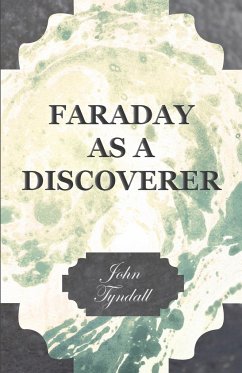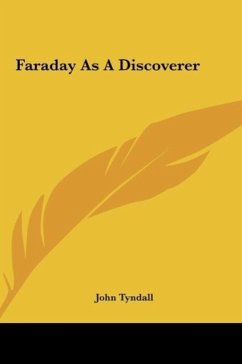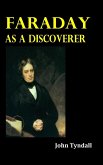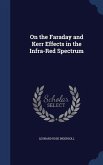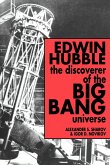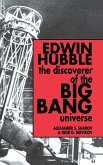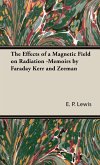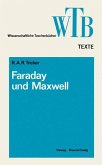Faraday As A Discoverer is a fascinating glimpse into the contributions Faraday made in the fields of chemistry and electronics through his dedication as an observer and experimenter. Published about the same time Thomas Edison filed for his first patent, this book asks the question of "what good is electricity?" and offers an interesting insight into contemporary views on the subject. This book should appeal to anyone interested in the history of electricity or the character of influential Faraday - a worthy addition to any bookshelf. John Tyndall was an important 19th century physicist who rose to success in the 1850s after his study of diamagnetism. Originally published in 1868, this rare text is republished here with a new introductory biography of the author.
Hinweis: Dieser Artikel kann nur an eine deutsche Lieferadresse ausgeliefert werden.
Hinweis: Dieser Artikel kann nur an eine deutsche Lieferadresse ausgeliefert werden.

